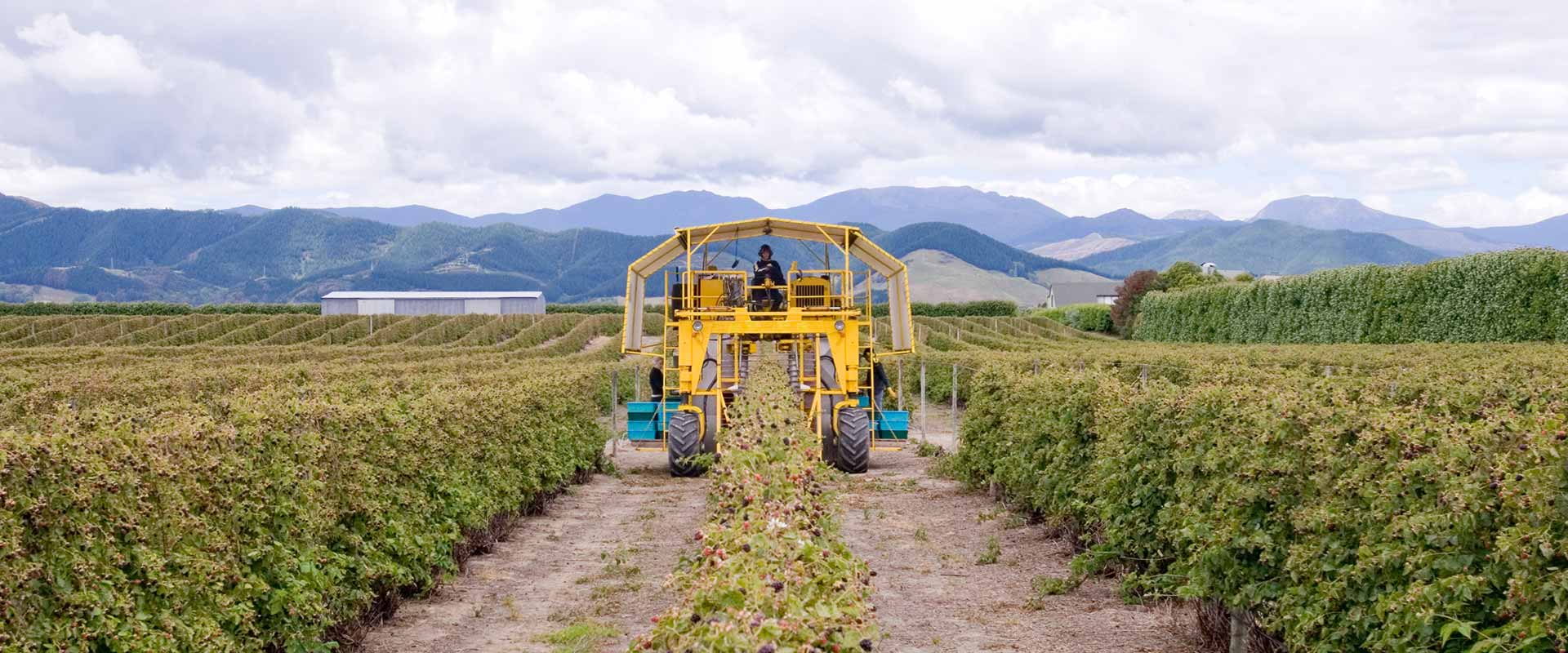Future scenarios for arable agriculture
January 2023
Food security, tackling climate change through emissions reduction, and developing alternative proteins in New Zealand are three threads that were explored by the Future Scenarios for Arable Agriculture project, explained in this interactive ‘story map’ summary.
- Increasing wheat production to gain self-sufficiency (scenario 1) was found to require an extra 13–25,000 hectares of wheat. Introducing this wheat production in a dairy system has clear positive impact, producing almost 8 times less CO2-e biogenic emissions and using one-third less water for irrigation than dairy.
- Reducing nitrogen and methane emissions (scenario 2) found a herd reduction of 10–15% plus a 30% increase of brassica and grains in animal feed would achieve objectives by 2050. This also reduced emissions from nitrogen over 20%.
- Developing a pea and fava bean protein market in NZ (scenario 3) was found to have high environmental gains, with peas and beans requiring half the amount of irrigation water and 5 times less nitrogen to grow than other mainstream crops.
An assessment tool allows anyone to explore scenarios related to a particular crop, the evolution of prices, changes in yields, and the environmental effects of changes in agricultural practices.
Source: Vannier, C.; Cochrane, T.A.; Zawar-Reza, P.; Bellamy, L. Development of a Systems Model for Assessing Pathways to Resilient, Sustainable, and Profitable Agriculture in New Zealand. Land 2022, 11, 2334. https://doi.org/10.3390/land11122334
Vannier C., Cochrane T.A., Zawar Reza P., Bellamy L.: “An Analysis of Agricultural Systems Modelling Approaches and Examples to Support Future Policy Development under Disruptive Changes in New Zealand”. Applied Sciences, 12, 2746. https://doi.org/10.3390/app12052746
 View Our Strategy Document 2019 – 2024
View Our Strategy Document 2019 – 2024



